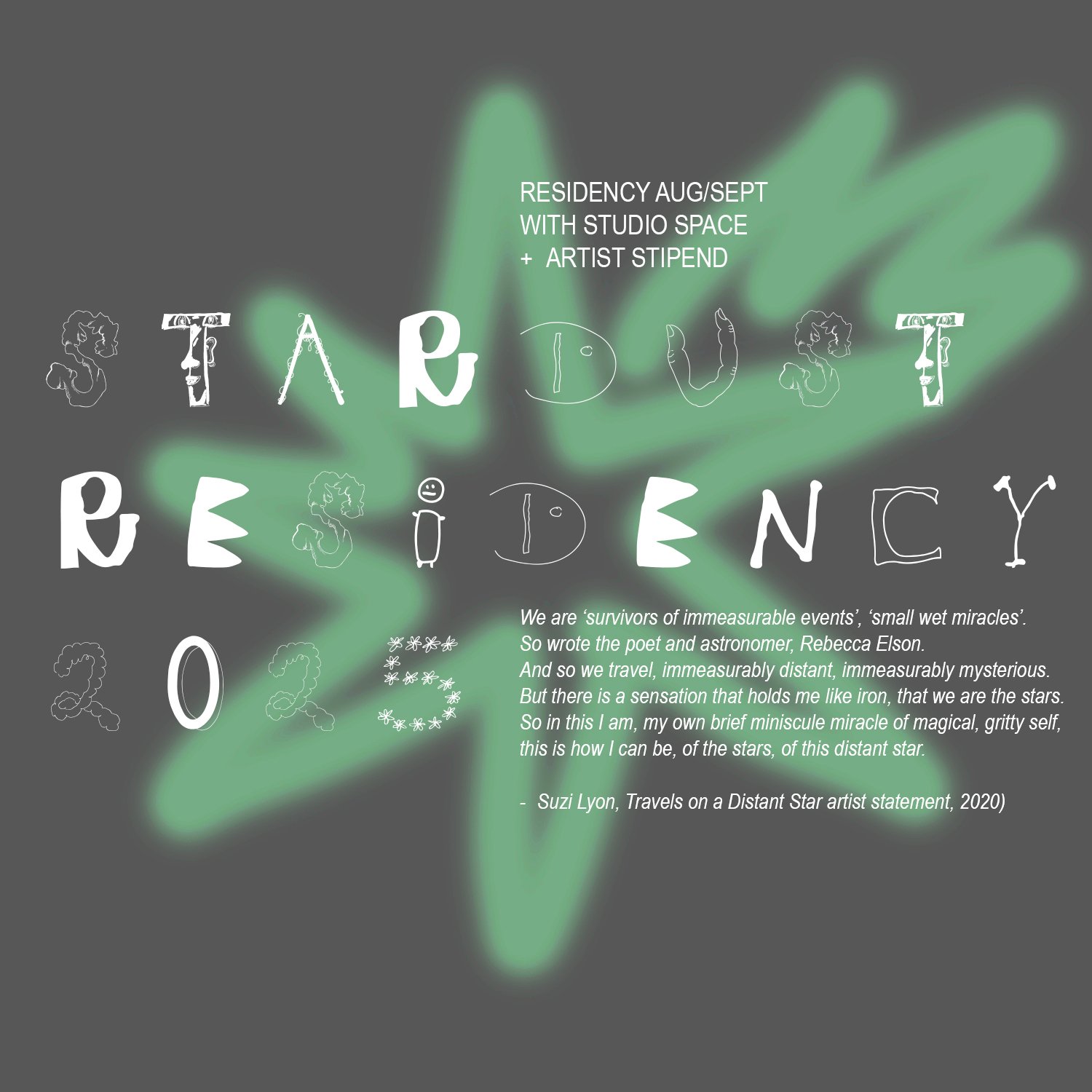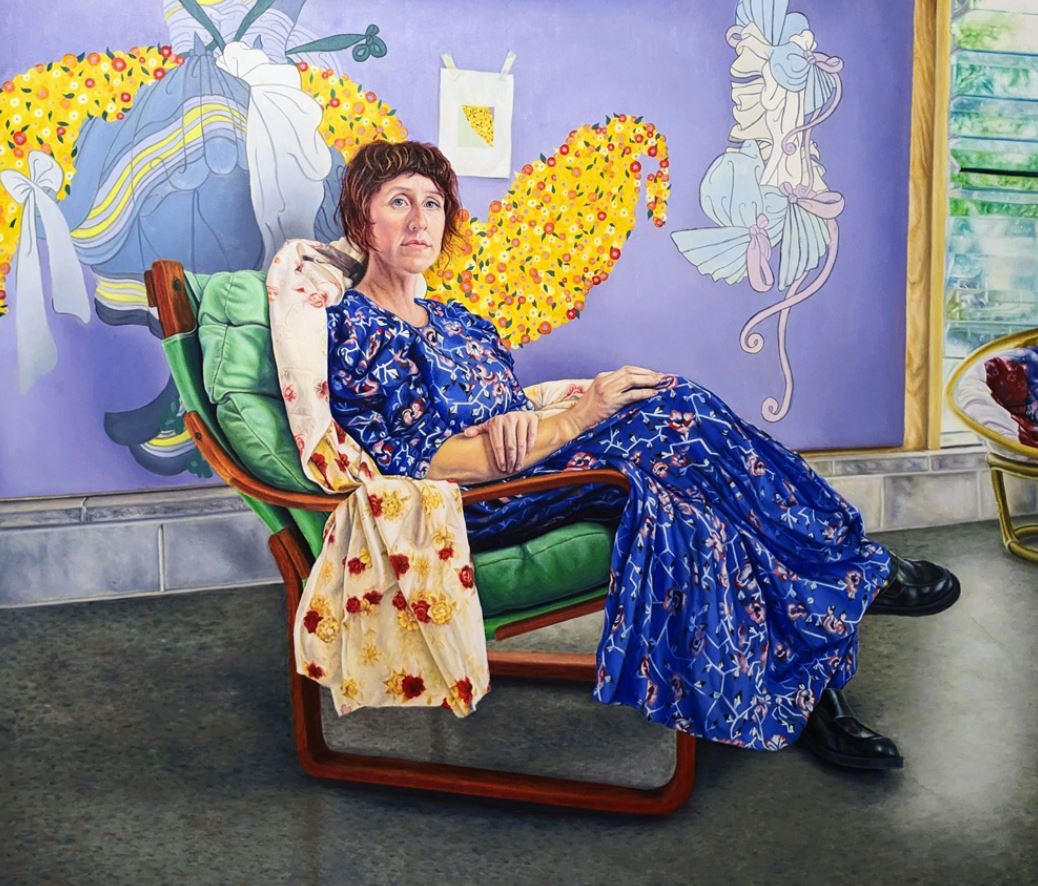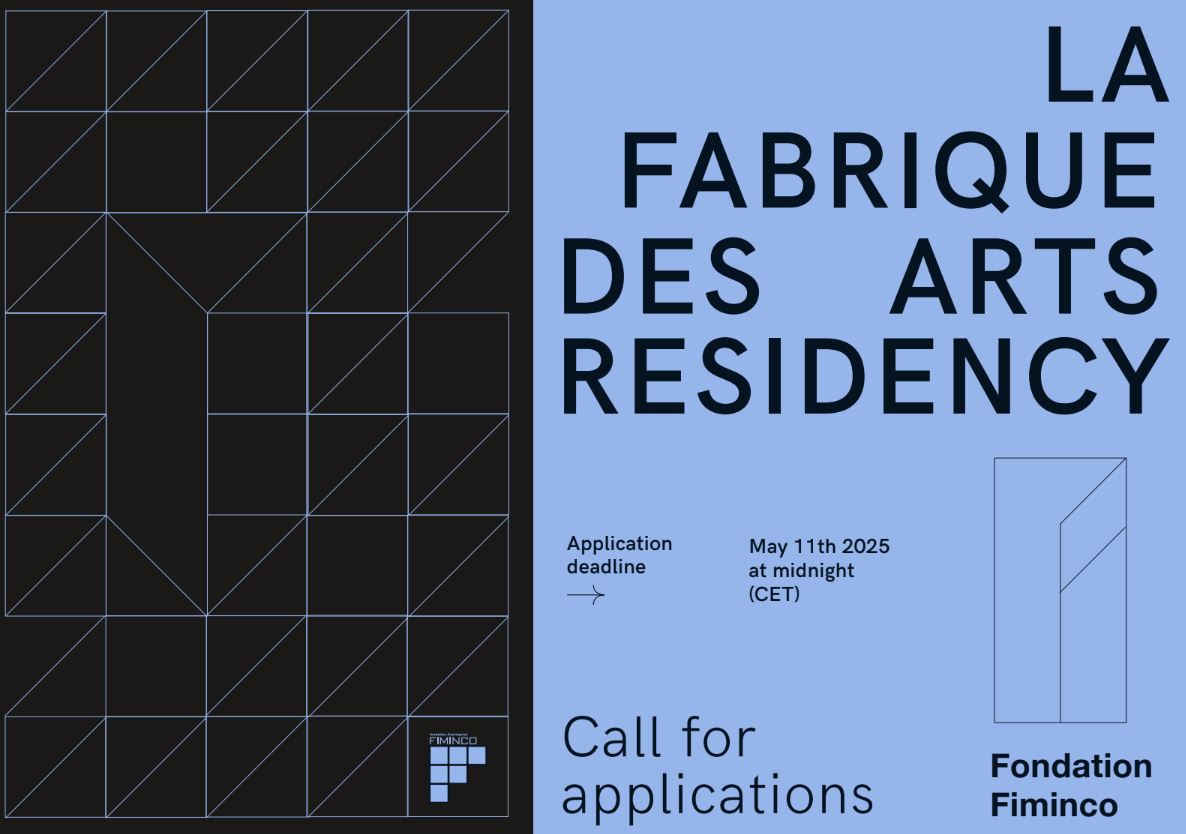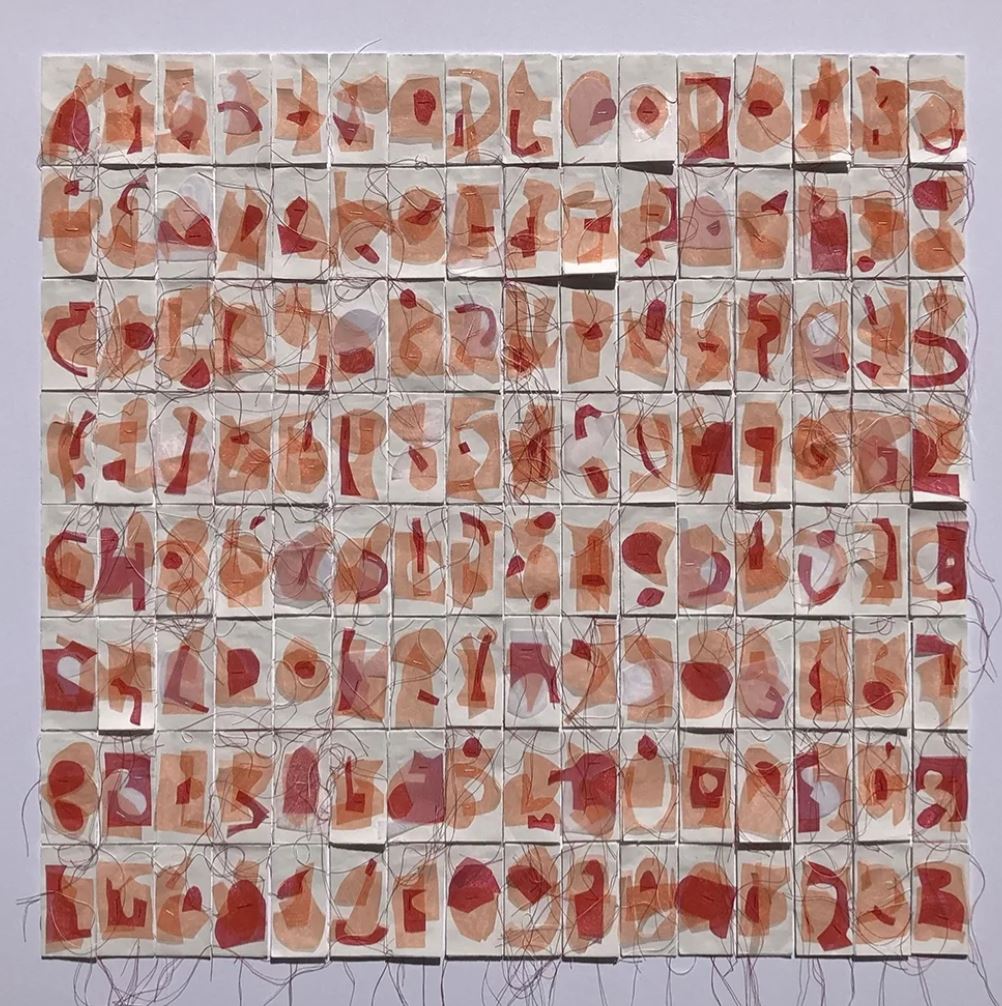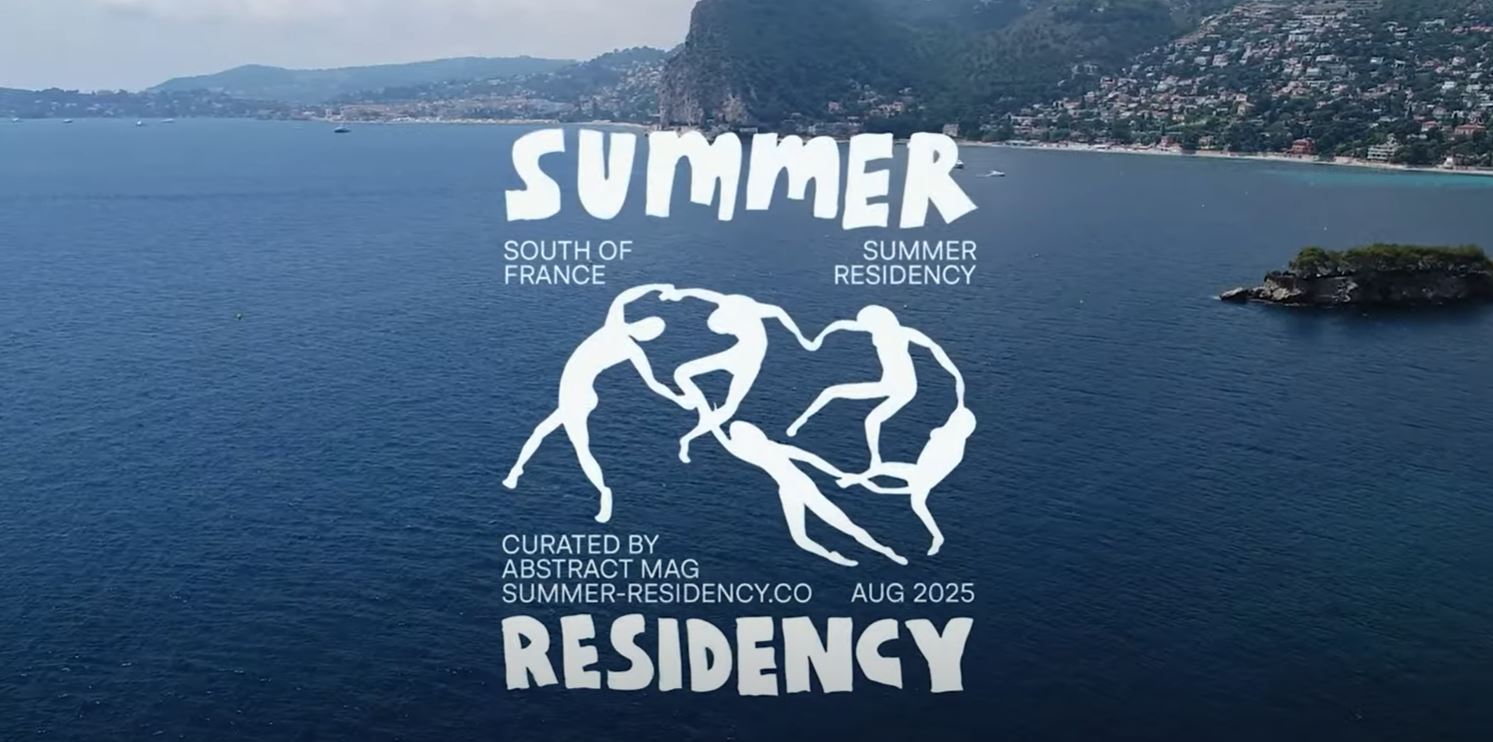
Project Outline:
Container is a unique artist residency that will invite artists to travel on commercial container carriers to worldwide destinations along existing shipping routes. The selected shipping line will host artists, providing them with a unique studio space in available cabins, as well as the exciting opportunity to travel internationally. Through a selective application process visual artists will encounter the maritime shipping industry firsthand, and create artwork that responds to this inspiring travel experience.
This proposal addresses shipping lines that are potential facilitators of the project and outlines a full calendar year as its first term. Each month a different artist will be a resident onboard a vessel (the details and length of stay to be determined in conjunction with the hosting company). At the end of the year, the artwork produced by the twelve artists will be presented in a final show accompanied by an exhibition catalogue, related events, screenings, and artist lectures. In addition, each guest artist will contribute one artwork to the facilitating company, and the rights for complete use of that image.
Contribution and Impact:
Through this special project, the enabling company will make an unprecedented contribution to contemporary art and culture worldwide as well as to its international public image. This should cost the company very little while garnering international intrigue and positive attention to the company within the world of contemporary art and its high profile network of collectors, curators, renowned artists, as well as the general public.
Artists require solitude, beauty, the natural sublime and global travel. They crave extended stretches of time, free of any interruption, in order to create new work. All of this can be found on a container ship. The shipping line easily has the potential, without much effort or expenditure, to give the world’s top artists the gift of “the world is your oyster”. This powerful gesture will provide artists with exceptional conditions to make artwork and will present a new perspective on artistic production within the broader global economy.
The global impact through this project could be enormous. Through this initiative, the brand can achieve positive presence at the world’s most important contemporary art and culture gatherings and institutions, like the Venice Biennial, Documenta and various museums and art venues across the globe.
Onboard Artist Residency: Ideas and Goals
The Container Residency takes place on a commercial freighter and offers a number of exciting and meaningful possibilities for the contemporary artist working within our global economy. Through its exceptional setting, Container challenges the traditional idea of studio residencies and invites artists to work within a unique, dynamic intersection of industry, culture and technology. The residency’s geographic location can only be defined in relation to the various international shipping routes and the nexus of destinations that is the backdrop of global trade. Anchored in a context yet without a fixed physical location, the residency foregrounds global commerce as the artist’s own immediate work environment.
Container grants the artist a journey behind the scenes of international commerce – a world as vast as the expanse of the ocean. This backstage pass is an opportunity for the artist to peer into the world of shipping, an encounter that presents both a personal and a professional challenge. The artist is required to adapt their creative practice to a non-traditional studio space in a ship’s cabin. Beyond this professional aspect, the temporary displacement challenges the artist’s familiar day-to-day experience by introducing them to a fascinating environment; a completely unfamiliar setting that is nonetheless the foundation of our global economy. The very setting of the residency calls attention to the fact that the shipping industry facilitates our economy, and in turn, contemporary art.
Today, artists are constantly confronted with an endless array of visual, cultural, and technological networks. Overwhelmed perhaps by the increasing digitalization of society, artists often create artworks that examine the various ways in which digital media influence our socio-economic conditions. It might stand to reason that the ever-expanding process of digitalization will bring about a reduction of physical objects in the world; however, a closer examination of this logic (onboard a freight ship) reveals a different reality. The proliferation of digital media and increasingly sophisticated digital technologies accelerates physical industries, in compliance with the growing demand for goods and commodities, which these new technological networks bring about.
Equally, much of retail and advertising’s appeal makes it difficult to trace products’ national origin, either as goods or as raw commodities. The contemporary artist with his or her unique status as producer (traditionally creating objects from the beginning to the end of the production line) must look beyond the horizon of retail and industry on the mainland and elsewhere, towards maritime and global shipment. The highly organized network of sea routes illustrates the connections between global markets on which production, distribution, and consumption are based. The Container Residency distils both global commodity transport and art, in a powerful juxtaposition of these two spheres. Container also highlights the fact that the artist is a producer, however small, and a valuable extension of this global network.
The multiple challenges that Container embodies are in fact the central challenges that face contemporary artists. If the artist’s role is to process his or her experience within the world as a crystallization of a historic and cultural context, then Container underlines that larger economic forces dominantly shape the future of artistic production. A commercial shipping lines’s endorsement of artistic production in the specific context of Container demonstrates how economic and cultural spheres might interact, but more specifically suggests that contemporary artworks have a culturally significant role that should not be distinguished from other forms of productive labor and commodities.
In other words, Container encourages artists to consider their creative processes not simply as that of removed commentators, but as active producers. In order to promote this understanding, it is essential that a new context or setting emerge. Container introduces this approach to the larger art community and implements the approach by assisting individual artists in practical terms. Providing a platform for global exchange, the hosting company can perfectly render this perspective by inviting artists to bridge the gap between individual practices and vast global networks.
Container takes the maritime shipping industry to be the embodiment of the infrastructures on which contemporary art relies. In the 1960s Andy Warhol called his studio The Factory, and Claes Oldenburg named his studio The Store. Following this tradition, Container identifies the shipping industry as today’s dominant cultural-economic force, and invites artists to rethink their practice in these terms. Container’s objective is to ensure the fulfillment of the potential vitality of global artistic exchange and, ultimately, art’s potential to be a socially integrated practice.
Artists:
Following an international open call for applications, artists will apply on-line by submitting a portfolio, statement of intent and resume. Alongside established artists, younger emerging artists will be encouraged to apply allowing for a broad spectrum of candidates in different career phases. The residency is open to candidates from all nationalities working with all media within the visual arts: sculpture, painting, photography, video and digital art.
The twelve chosen artists will be provided with a stipend for equipment and materials and will be expected to create work that reflects their travel experience in a way that corresponds with their artistic practice. As part of the travel residency, artists will also be expected by the program to be fully committed to the preparation work of the annual exhibition in the end of the year term.
Judges:
In order to ensure the quality and diversity of the chosen artist, a panel of three renowned professionals will review the submissions. The panel will include a curator, an artist, and an art theoretician; all respected and established professionals within the international field of contemporary art.

